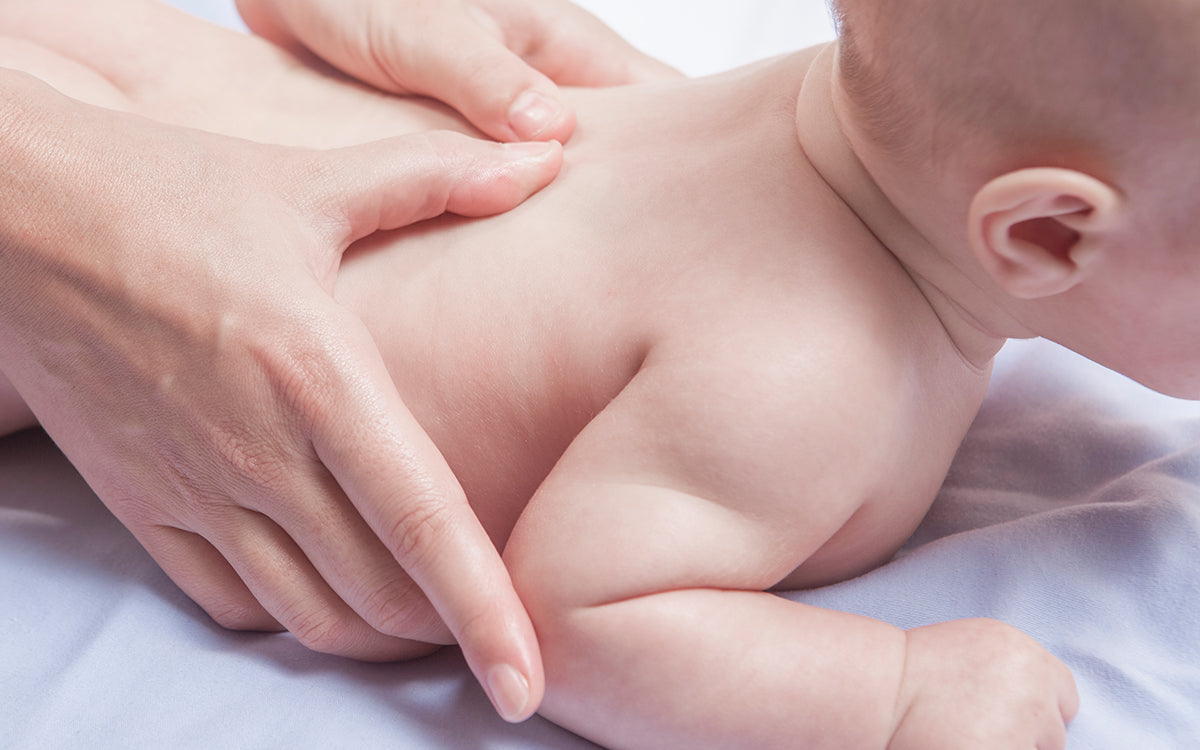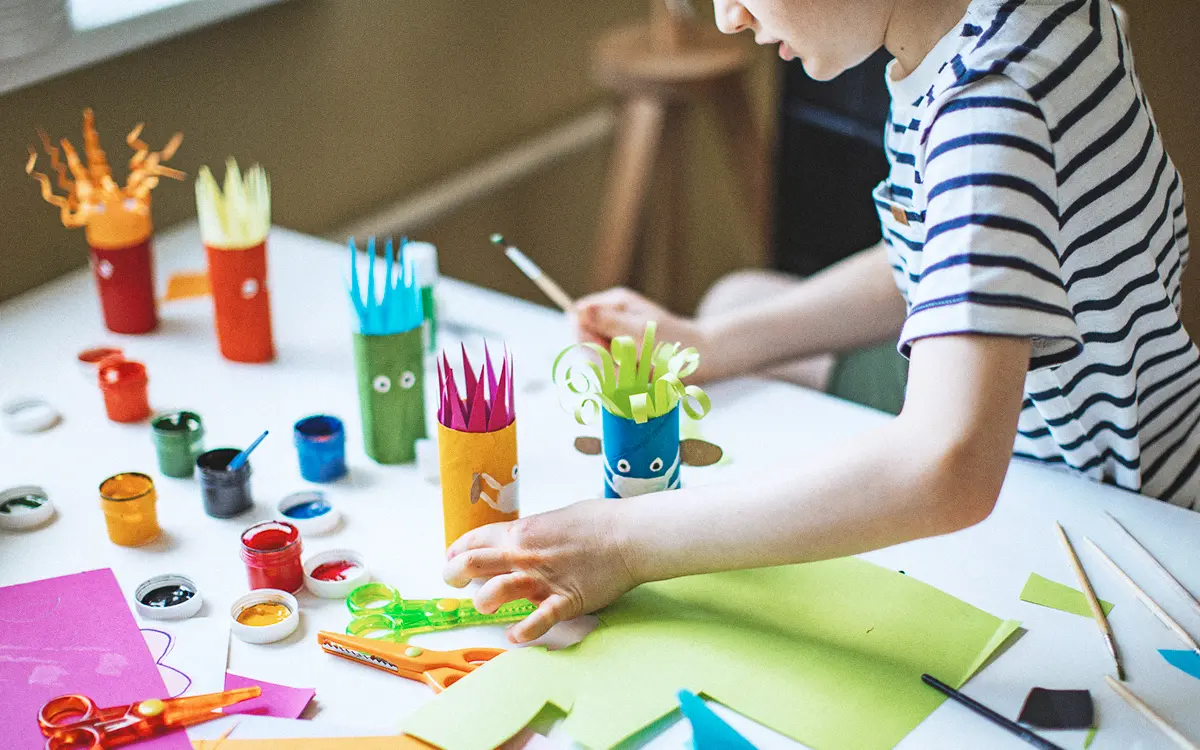Whether natural instinct or learned behavior, there are certain things we're born with: When we hold a baby, we automatically begin to move. Rocking in our arms, gently bouncing, or simply walking up and down – these gentle movements soothe the baby and create a comforting atmosphere. Bübchen explains how you can gently rock and sway your baby in different situations and stages of life.
Babies love to be in motion. This is because the gentle rocking reminds them of their time in their mother's womb. They instinctively equate movement with physical closeness and security. Carrying creates the perfect atmosphere for well-being and sleep. At first, sleep phases are quite short, with babies waking after about 30 to 50 minutes. When the stroller stops moving or they suddenly lie down in their quiet crib, many babies wake up and protest.
GENTLE MOVEMENTS SOOTHE AND PROMOTE DEVELOPMENT
The gentle movements not only create a sense of security, they are also important for a child's development. Rocking and spinning stimulate the vestibular organ in the inner ear, which is responsible for our balance. To develop fully, the vestibular system needs constant stimulation. And we provide this intuitively – starting with gentle rocking in infancy, continuing with wild swinging and spinning experiences as a toddler on the playground, later on, leisurely bouncing back and forth in a hammock or rocking chair, and finally, finally, a roller coaster ride. But it shouldn't immediately degenerate into wild shaking. Caution is even advised here: Even gently shaking a baby can cause significant brain damage and, in the worst case, even lead to death. Very gentle movements are sufficient when it comes to calming the baby and simultaneously supporting its development. Reason enough to take a look at the different possibilities for gentle rocking and swaying:
Safe in your arms: Many babies feel most comfortable in mom's or dad's arms. Carrying positions like the airplane position are not only good for calming, but also ideal for tummy ache. Simply place the baby on your forearm in a prone position and grasp their bottom and thighs to ensure they are securely in place.
Close contact: Most babies feel comfortable in a sling or baby carrier. They have close physical contact with their parents and perceive familiar movements and sounds like their mother's heartbeat and voice. This reminds them of their time in their mother's womb. They feel safe and secure.
Up and down: Babies are constantly moving in a stroller. Most especially enjoy uneven surfaces. To keep the baby cozy and comfortable, you can build a small nest, creating a barrier that mimics the womb. If the stroller comes to a stop and you want the baby to continue sleeping, special vibrating attachments for the stroller handle can mimic the rocking motion of the ride.
In the "safe home": There are endless possibilities for transforming a child's room into a true comfort zone, with cradles and swings taking center stage. Hammocks, for example, which can often be easily attached to the doorframe, provide comfort and security. The advantage of a cradle is that if the baby moves slightly before waking up, it will gently move the cradles and help them drift back to sleep. Crib bases have a similar effect, gently rocking the crib through the child's own movement.

Falling asleep together: Rocking together is best done in a rocking chair or gently swinging hammock. In mom's or dad's arms, the baby can not only enjoy the movement but also the closeness and warmth of their parents. A Swiss ball is also suitable for gently rocking the baby. However, it's important to ensure that the movements don't turn into bouncing, but rather are more like slow circling of the pelvis.
Babies love to be gently rocked, that much is certain. But whether a sling, a hammock, or a car ride is right for their child is something parents are best off finding out for themselves. Parents should trust their gut feeling and do what's right for their child and their situation. Then they'll rock their baby and simply give them the best of what they know from their mother's womb, even after birth.





